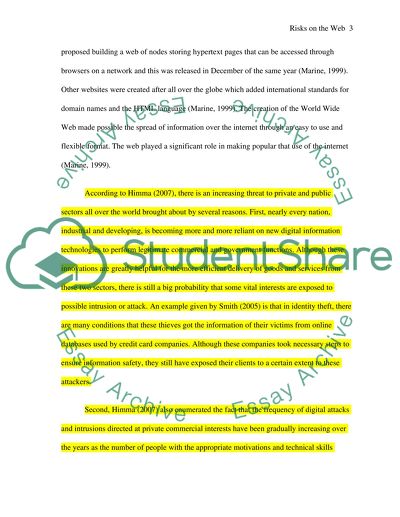Cite this document
(“Security risks on the Web: problems and solutions Essay”, n.d.)
Retrieved from https://studentshare.org/miscellaneous/1555796-security-risks-on-the-web-problems-and-solutions
Retrieved from https://studentshare.org/miscellaneous/1555796-security-risks-on-the-web-problems-and-solutions
(Security Risks on the Web: Problems and Solutions Essay)
https://studentshare.org/miscellaneous/1555796-security-risks-on-the-web-problems-and-solutions.
https://studentshare.org/miscellaneous/1555796-security-risks-on-the-web-problems-and-solutions.
“Security Risks on the Web: Problems and Solutions Essay”, n.d. https://studentshare.org/miscellaneous/1555796-security-risks-on-the-web-problems-and-solutions.


